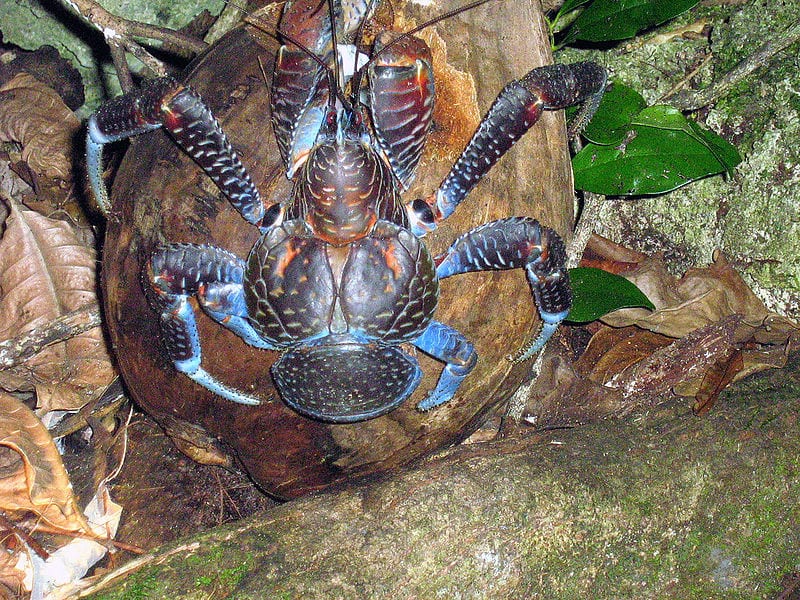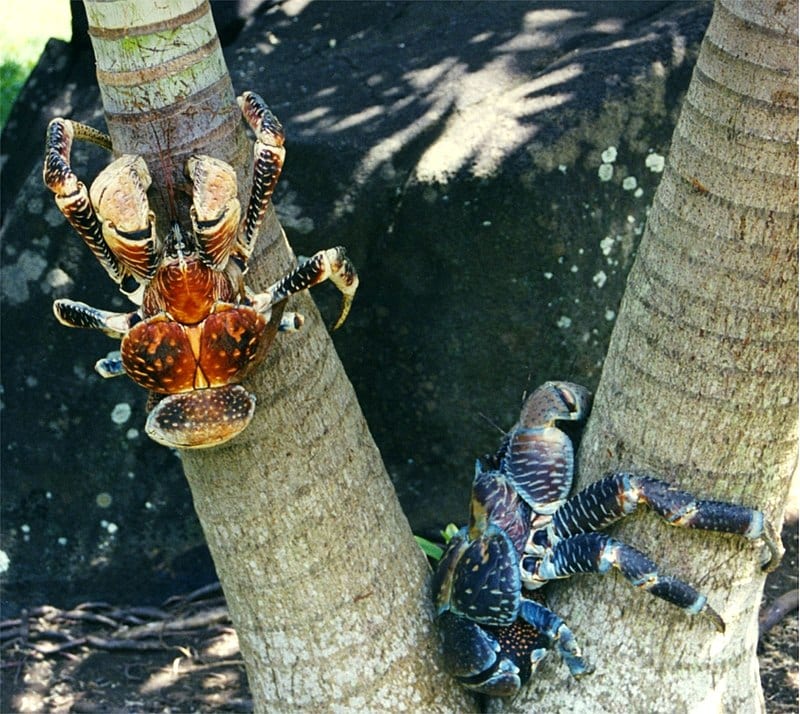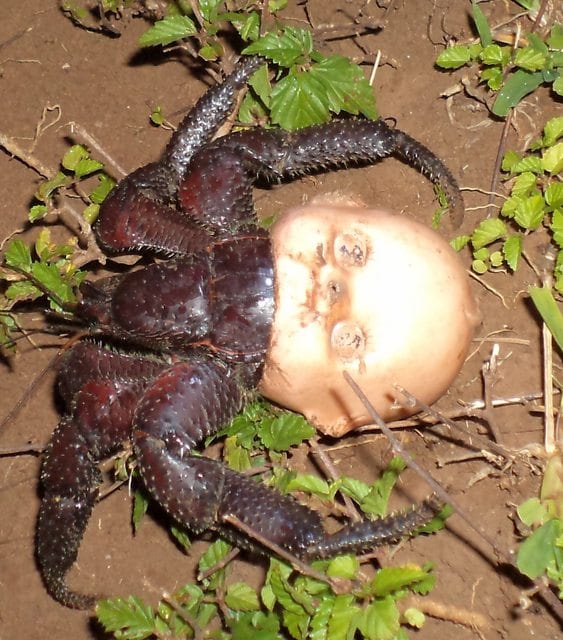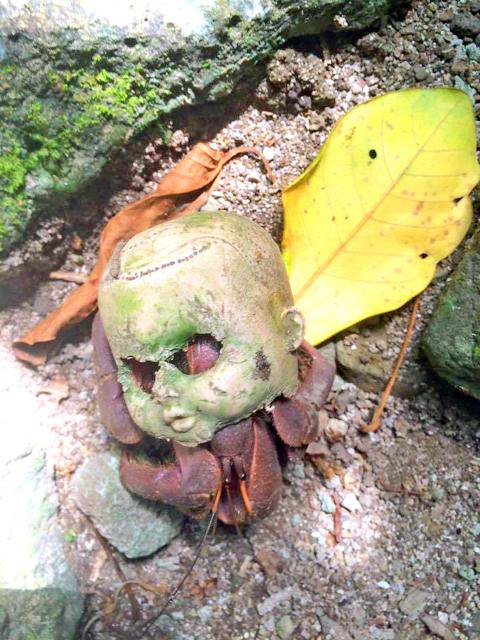Miami is a top destination for tourists, but consuming their tap water could leave you with long-lasting effects well after your vacation is over.
The home of the Heat is just one of 43 U.S. cities—including Philadelphia and New Orleans—that has toxic “forever chemicals” in their drinking water, according to a new report.
The list of cities with water contaminated with “forever chemicals” pic.twitter.com/8hIO5h9DgQ
— Keek (@worldofkeek) January 26, 2020
Products such as firefighting foam and Teflon contain the PFOAs and PFOS chemicals that are contaminating water across the country. Polluted water has been linked in some cases to cancer and lower fertility and even served as inspiration for the 2019 movie Dark Waters, although much more research needs to be done into long-term harms.
Sydney Evans, Environmental Working Group study co-author, told BuzzFeed News that the research group was surprised to see chemical contamination in such a variety of cities. Out of the 44 cities tested for contaminants, only Meridian, Mississippi, passed. Perhaps unsurprisingly, the citizens of Meridian get their water from the deep depths of a 600-foot well.
U.S. drinking water is widely contaminated with toxic "forever chemicals" called PFAS, says a report from @EWG.
The chemicals were found in 43 samples of 44 sites across the U.S.
Some of the highest levels were found in areas like Miami, Philadelphia and New Orleans. pic.twitter.com/R1AeLsRjCV
— AJ+ (@ajplus) January 22, 2020
While earlier studies conducted by the Environmental Protection Agency and the EWG had not shown a serious water contamination issue, Evans and her team tested for 30 different PFAS (per- and polyfluoroalkyl substances) chemicals in order to discover more information about the breadth of the contamination.
The EPA sets a safety limit of 70 parts-per-trillion limit on the two main chemicals, though some individual states have implemented stricter standards. Unfortunately, many states were found to have water with high concentrations of chemicals, including North Carolina and Iowa.
The contamination of U.S. drinking water with man-made "forever chemicals" is far worse than previously estimated pic.twitter.com/lS35I3ihLR
— China Xinhua News (@XHNews) January 22, 2020
“To date, EPA has developed methods to reliably detect 29 PFAS chemicals in drinking water,” an agency spokesperson stated in an e-mail to Buzzfeed News. “Aggressively addressing PFAS will continue to be an EPA priority in 2020 and we will provide additional information on our upcoming actions as it becomes available.”
So while staying hydrated is critical, filtered water may be a better bet depending on where you live.
The post Toxic Chemicals Have Been Found in the Tap Water of Dozens of U.S. Cities appeared first on UberFacts.
 ~ ~ ~ #collage #plastic #preciousplastic #plasticart #plasticpollution #pollution #plasticwaste #plasticfree #zerowaste #ecofriendly #environmentalism #trashart #trashtag #trash #stopplasticpollution #waste #collage #colour #changeourways #cleanup #beachcleanup #plasticfreejuly #plasticocean #cigarettebutts
~ ~ ~ #collage #plastic #preciousplastic #plasticart #plasticpollution #pollution #plasticwaste #plasticfree #zerowaste #ecofriendly #environmentalism #trashart #trashtag #trash #stopplasticpollution #waste #collage #colour #changeourways #cleanup #beachcleanup #plasticfreejuly #plasticocean #cigarettebutts . #cigarettebutts #cigarette #pollution #airpollution #savetheearth #saveenvironment #saveanimals #ecofriendly #ecosystem #biodiversity #smokingkills #smoking #dontsmoke #microplastics #plastic #plasticpollution #plasticfreeliving
. #cigarettebutts #cigarette #pollution #airpollution #savetheearth #saveenvironment #saveanimals #ecofriendly #ecosystem #biodiversity #smokingkills #smoking #dontsmoke #microplastics #plastic #plasticpollution #plasticfreeliving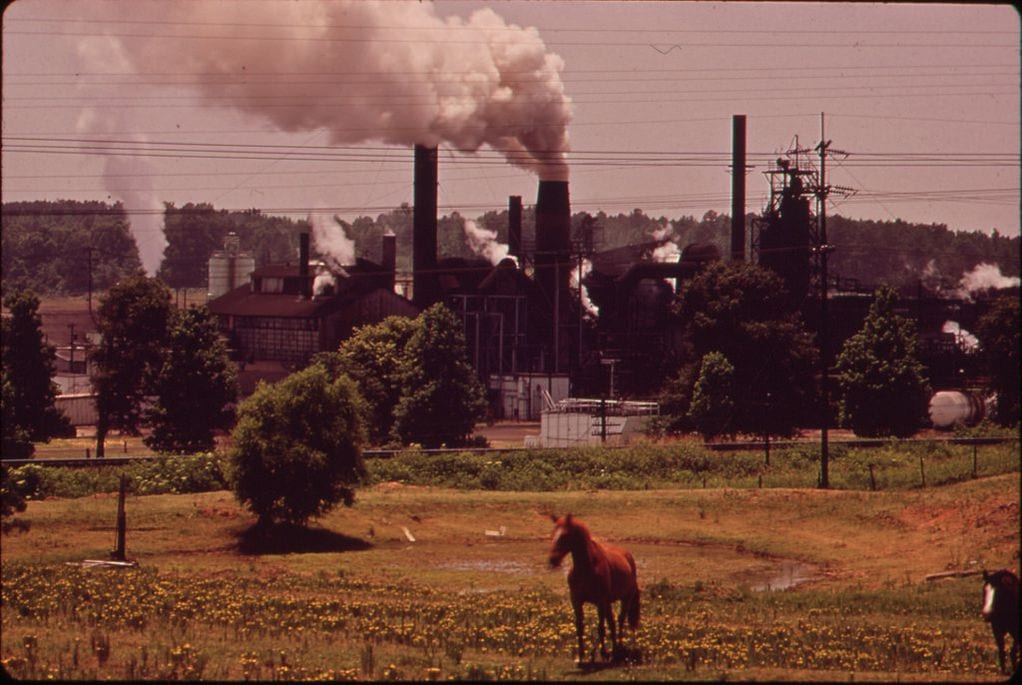

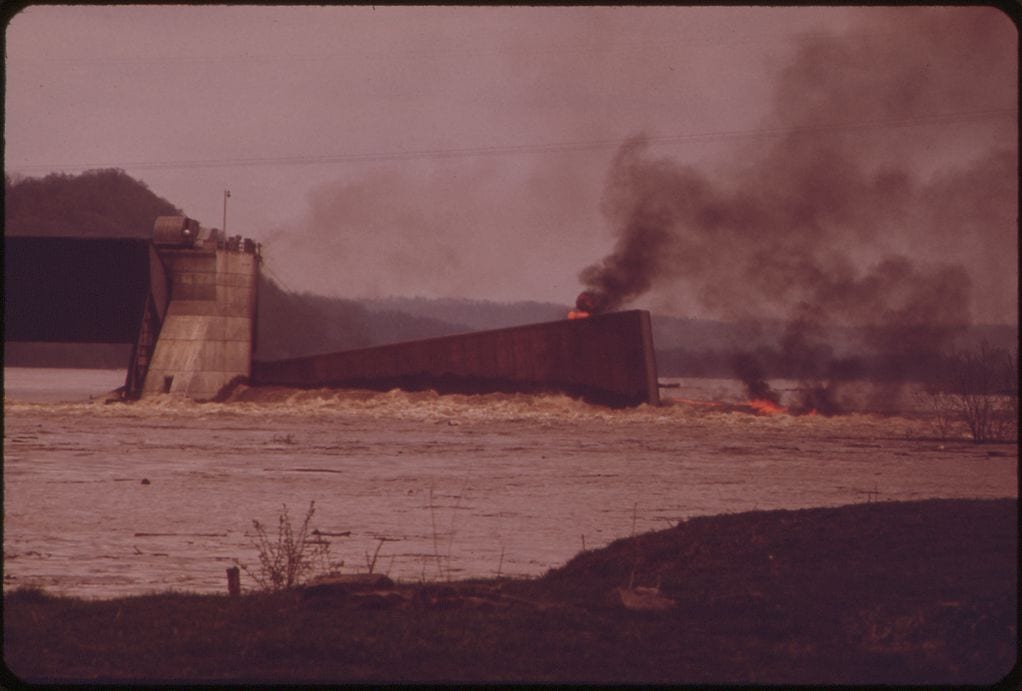


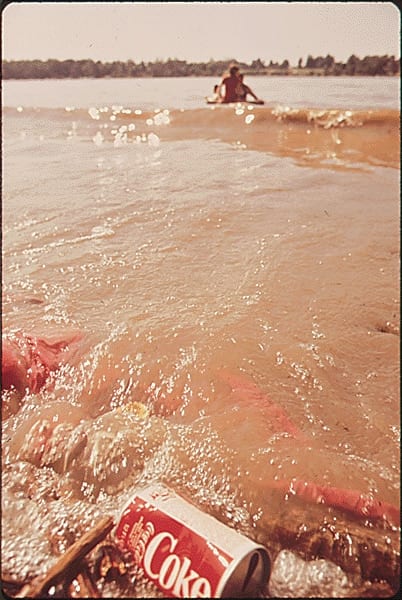
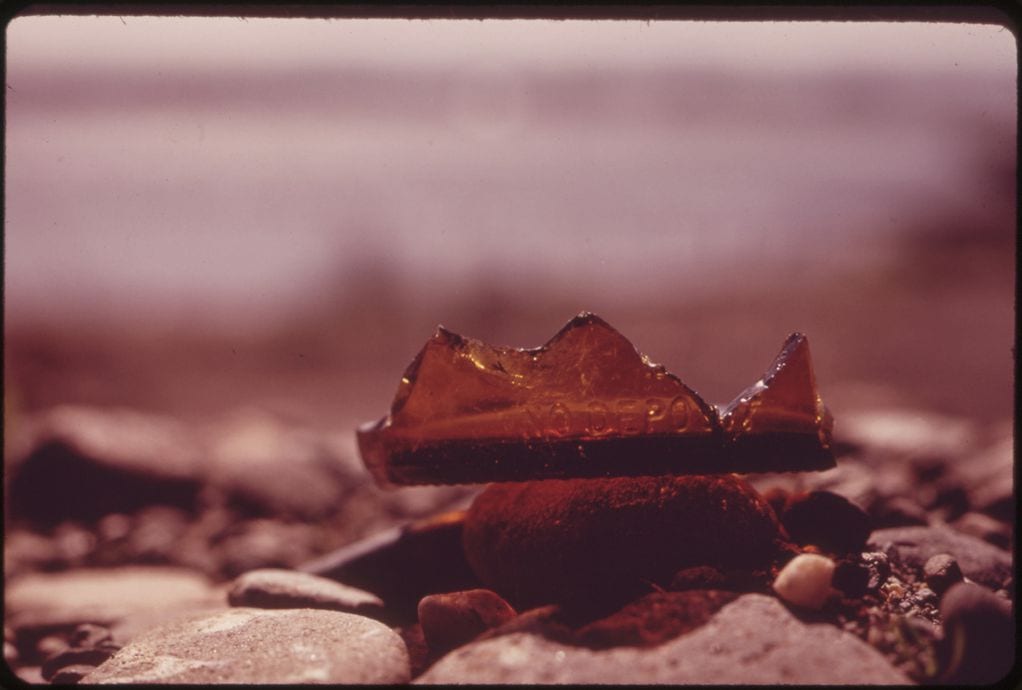
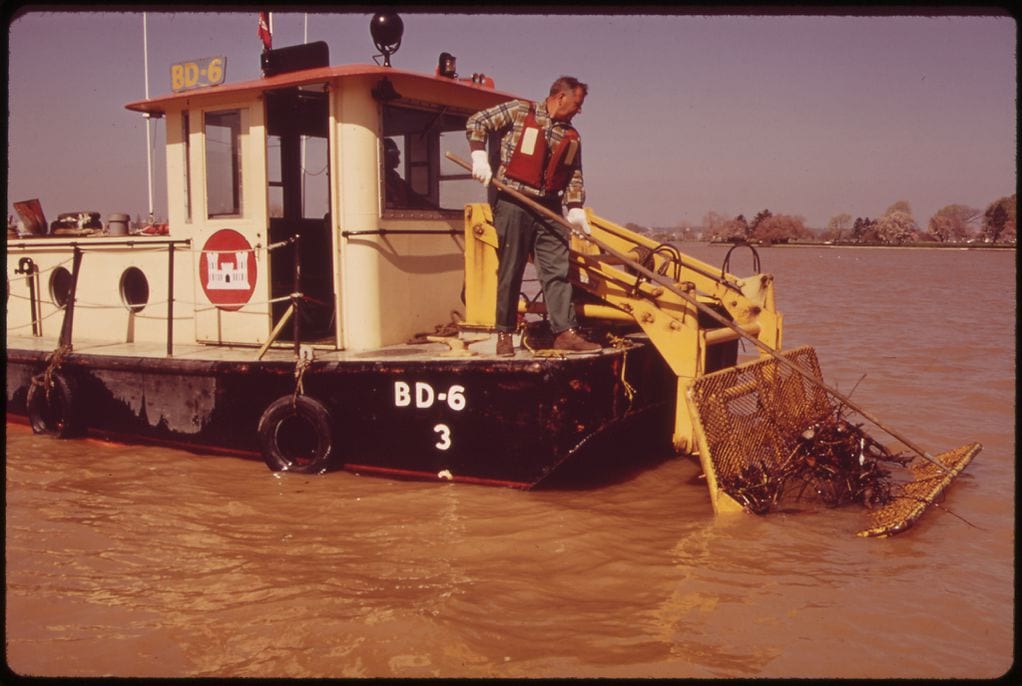

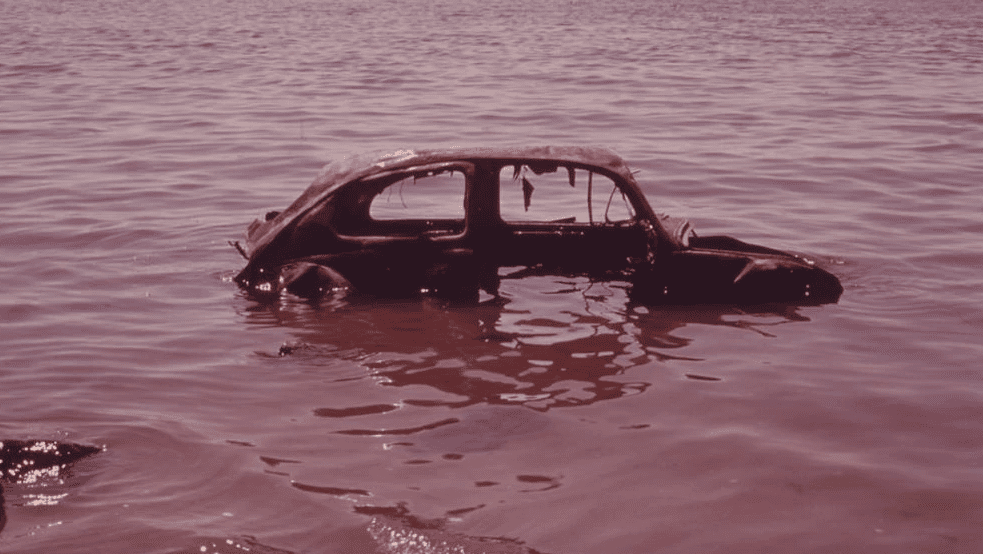
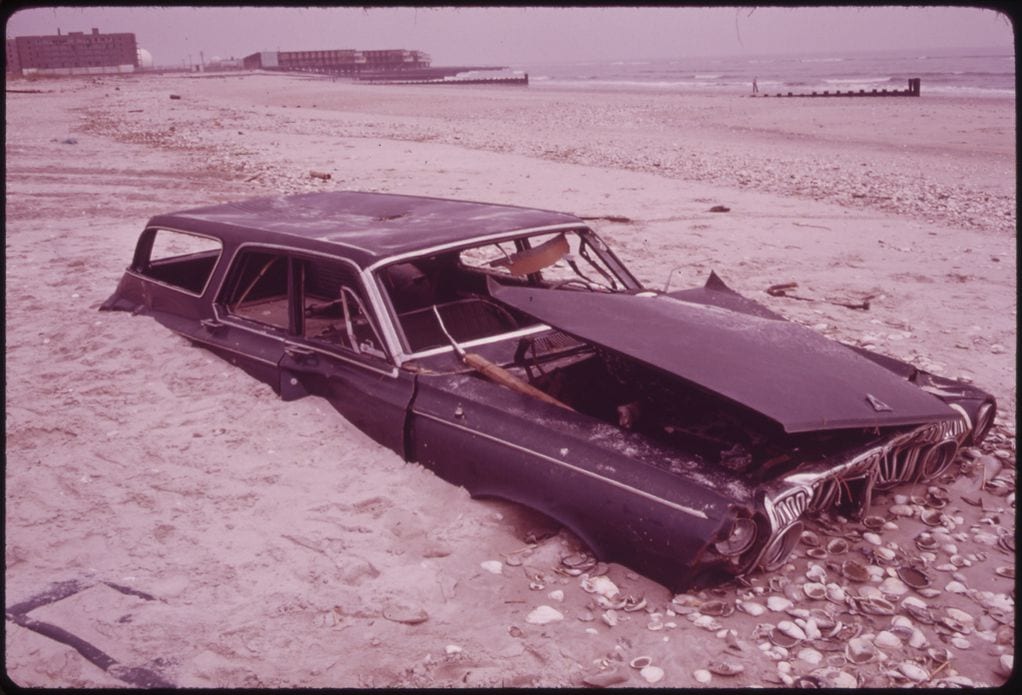


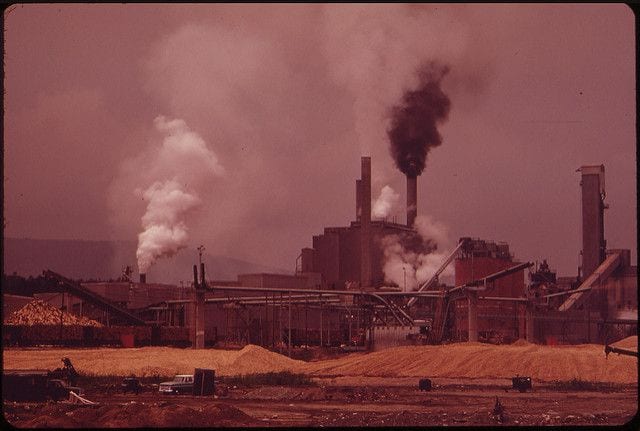
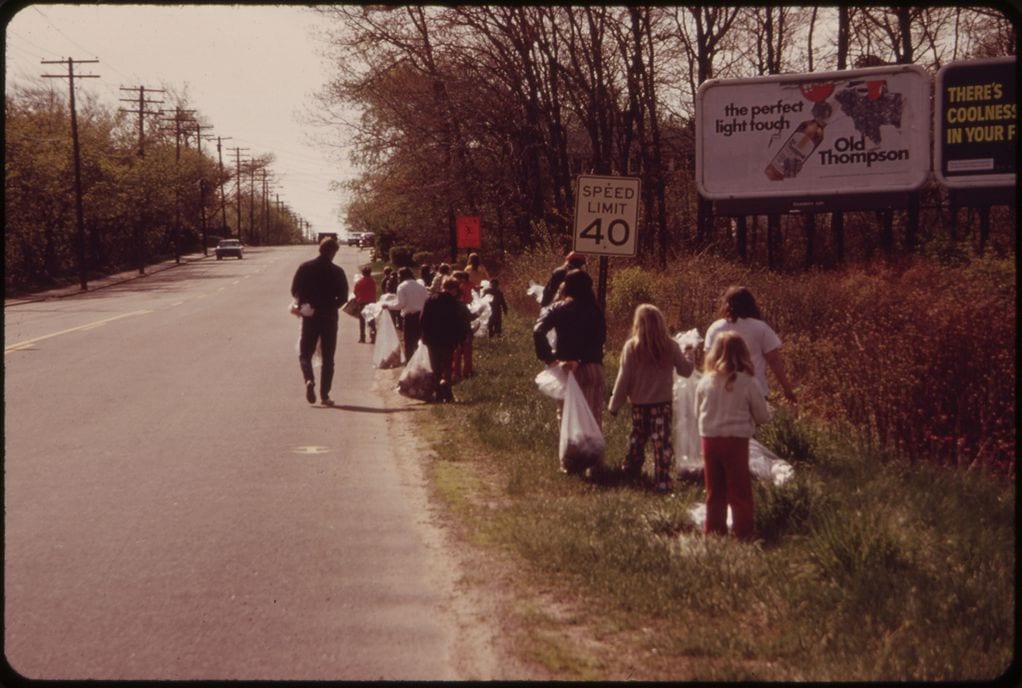
 : @awiexpedition / Mario Hoppmann #mosaic #arctic #arcticocean #research #science #alfredwegenerinstitut #mosaicexpedition
: @awiexpedition / Mario Hoppmann #mosaic #arctic #arcticocean #research #science #alfredwegenerinstitut #mosaicexpedition Photo by Mine Tekman #alfredwegenerinstitut
Photo by Mine Tekman #alfredwegenerinstitut

 The maker of Guinness is eliminating all plastic packaging for its products.
The maker of Guinness is eliminating all plastic packaging for its products.  https://www.independent.co.uk/news/business/guinness-diageo-beer-plastic-free-packaging-a8869941.html
https://www.independent.co.uk/news/business/guinness-diageo-beer-plastic-free-packaging-a8869941.html
